Black tea originated in China hundreds of years ago. The leaves of the black tea come from a plant called camellia sinensis, which is a shrub or a small tree. There are two varieties of these plants.
The camellia sinensis var. sinensis is most commonly found in China and Japan. The camellia sinensis var. assamica is typically native to Near east India and parts of China.
Black organic tea is gaining popularity among Western tea drinkers. Organic refers to the method that was used during the growing process. Only natural fertilizers and pesticides are used in organic farming.
Because organic tea was grown through natural methods, drinkers notice a difference in the taste and believe it tastes cleaner. Organic growth is also considered better for the environment, as its methods are sustainable and ecologically friendly.
Contents
- 1 Black Tea Oxidation Process
- 2 Black Tea vs. Other Tea Types
- 3 Black Tea Processing
- 4 Types of Black Tea Based Upon Region
- 5 Black Tea Blends
- 6 Top Black Tea Brands
- 7 Black Tea Preparation
- 8 Black Tea Consumption
- 9 Nutrition Facts
- 10 Black Tea Health Benefits
- 11 Black Tea Side Effects
- 12 Where to Buy Black Tea
Black Tea Oxidation Process
When most Westerners drink tea, it is usually some form of black tea. While most people in the East drink green tea, teas in the West are generally black, including most iced teas. The reason for this difference has to do with the way the tea is oxidized.
Black tea is more heavily oxidized than green tea, which lends itself to stay fresh for longer. Because it has a longer shelf life than green tea, it is easier to ship all around the world.
It made the most sense to keep the green tea local, so it would not spoil in shipment. A profit could be made by selling the product that would ship better. Green tea only would stay good for one year, versus several years for black tea.
Another result of the oxidation process is that black tea is typically stronger than other teas. This is because this type of tea is heavily oxidized.
Oxidation is the chemical reaction that happens when oxygen interacts with a substance. The person making the black tea leaves will either soak or roll the leaves.
This breaks them open and leaves them exposed to oxygen. The oxygen will turn the leaves from green to black; the longer they are exposed the darker they turn.
A specific flavor is produced depending on the amount of time the tea leaves are oxidized.
Black Tea vs. Other Tea Types
Close competitors for popularity are oolong tea, green tea, and white tea. There are, however, crucial differences even in the production process that clearly distinguish all tea types from the black.
Oolong falls somewhat in the middle of black and green tea. Each oolong varies in how it is oxidized. Some are very low, making it greener, and some are quite high, making it blacker.
However, oolong has a unique flavor that the other teas do not. This is mainly because the leaves for oolong tea grow in climates and soil that are not typically suitable for growing.
Green tea has a very light flavor because it has very little oxidation if any at all. White tea is also a very light tea. It also receives very little processing or oxidation. It has the lowest caffeine level of all the teas.
Black Tea Processing
Where Tea Leaves Come From
The camellia sinensis plant provides its leaves for each of these very different types of teas. We’ve talked about the two different plant variants at the beginning of this article.
Green and white teas typically come from the camellia sinensis var. sinensis plant, which has a slightly sweeter taste. The camellia sinensis var. assamica plant is more often used for black and oolong teas.
These plants typically flourish in tropical climates, but some varieties do quite well in higher altitudes and cooler temperatures.
Once a camellia sinensis plant matures, it should not be harvested within its first three years. The plucking can only be done by hand, and only the top leaves should be picked. “Plucking” is the term for harvesting tea leaves.
How Is Black Tea Processed?
There are two different ways to process black tea, and each makes very different types of tea. These methods are called orthodox and non-orthodox, or also CTC (short for crush-tear-curl).
As the name implies, the orthodox method is the traditional way to process the tea. It has been done this way for centuries. After the tea leaves are picked, they are laid out in the heat to wither, which removes much of the water in the leaves.
The leaves are then twisted and rolled, which will begin the oxidation process. The length they are left to oxidize depends on how strong and which flavor the tea maker is going for. Then, finally, they are dried with heat.
The non-orthodox method is a newer approach to processing the tea. This method was developed as an approach to making tea bags and is a quicker process. It is essentially the same as the orthodox method, however in place of rolling, the leaves are immediately cut into small pieces (that looks like dust).
Types of Black Tea Based Upon Region
Black tea is just a general term that describes the strength and flavor of the tea, based on oxidation. However, there are many different types of black tea depending upon which part of the world it came from. Each one has its own, individual flavor.
China
Lapsang Souchong Tea
This is widely considered the oldest type of black tea in the world. It was also the first black tea to be shipped to the West. Its unique flavor is derived from being dried over pine needles during processing.
It is also sometimes called smoked tea, again because of the flavor the drying process lends it. It has a medium to strong flavor.
Keemun Mao Feng
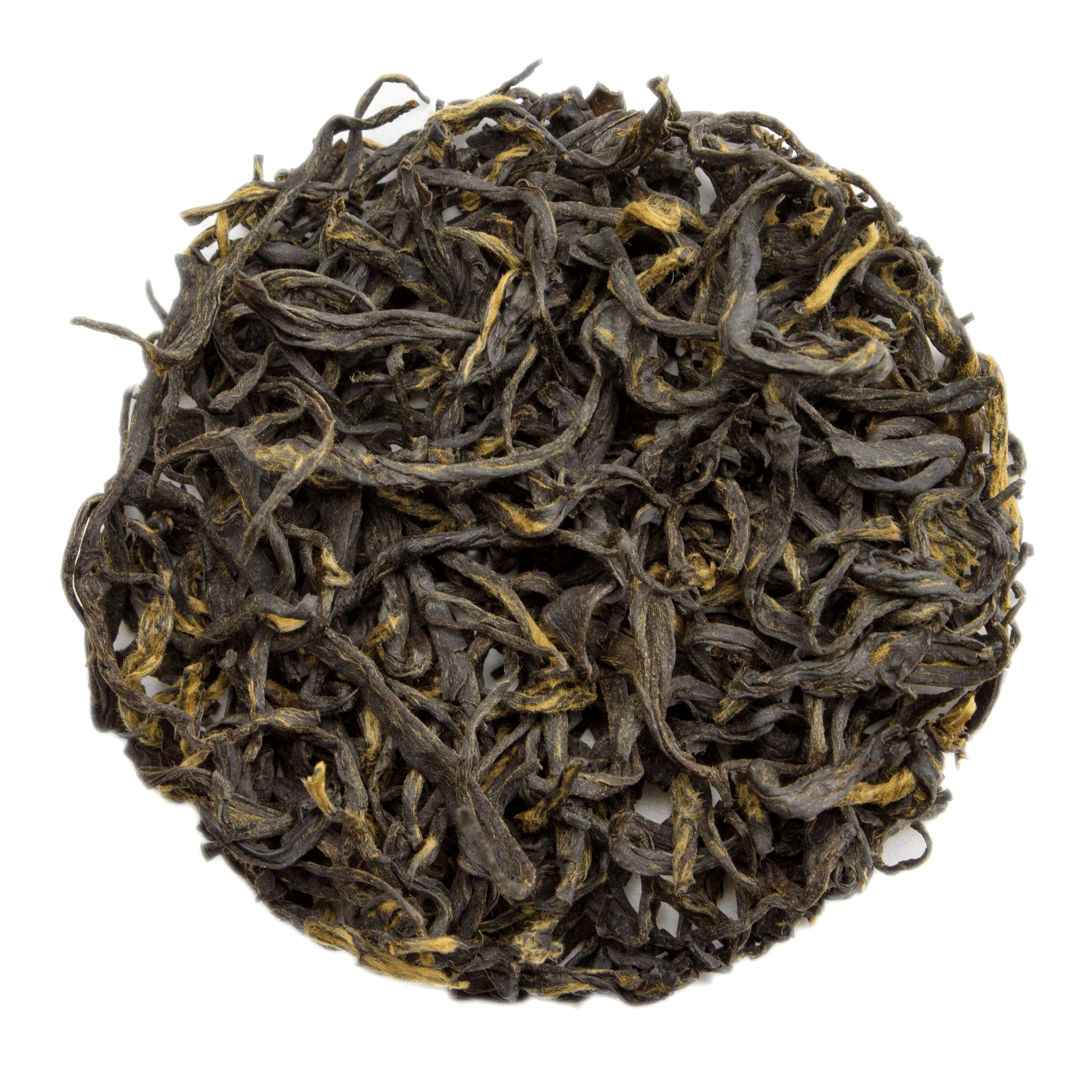
Congou
The name of this tea is derived from the Chinese word meaning “highest skill”. It refers to the skill needed to make this tea. Originally used in making English Breakfast blends, congou is also commonly used in making Kombucha.
Fun fact: congou tea was one of the teas that were thrown overboard during the Boston Tea Party!
Dianhong cha (Yunnan tea)
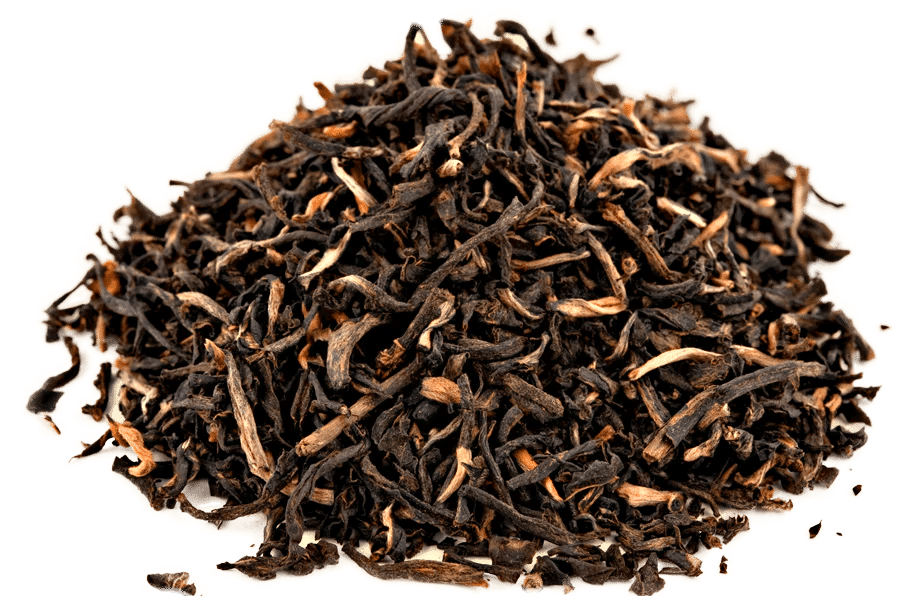
In fact, it is a little sweet. It has a medium strength and is considered medium strength.
India
Darjeeling
There are many flavors found within this one light tea. It is fruity and floral and is widely called “the champagne of teas.” This tea is often regarded to be a good afternoon tea. Darjeeling is often used in chai drinks.
Assam
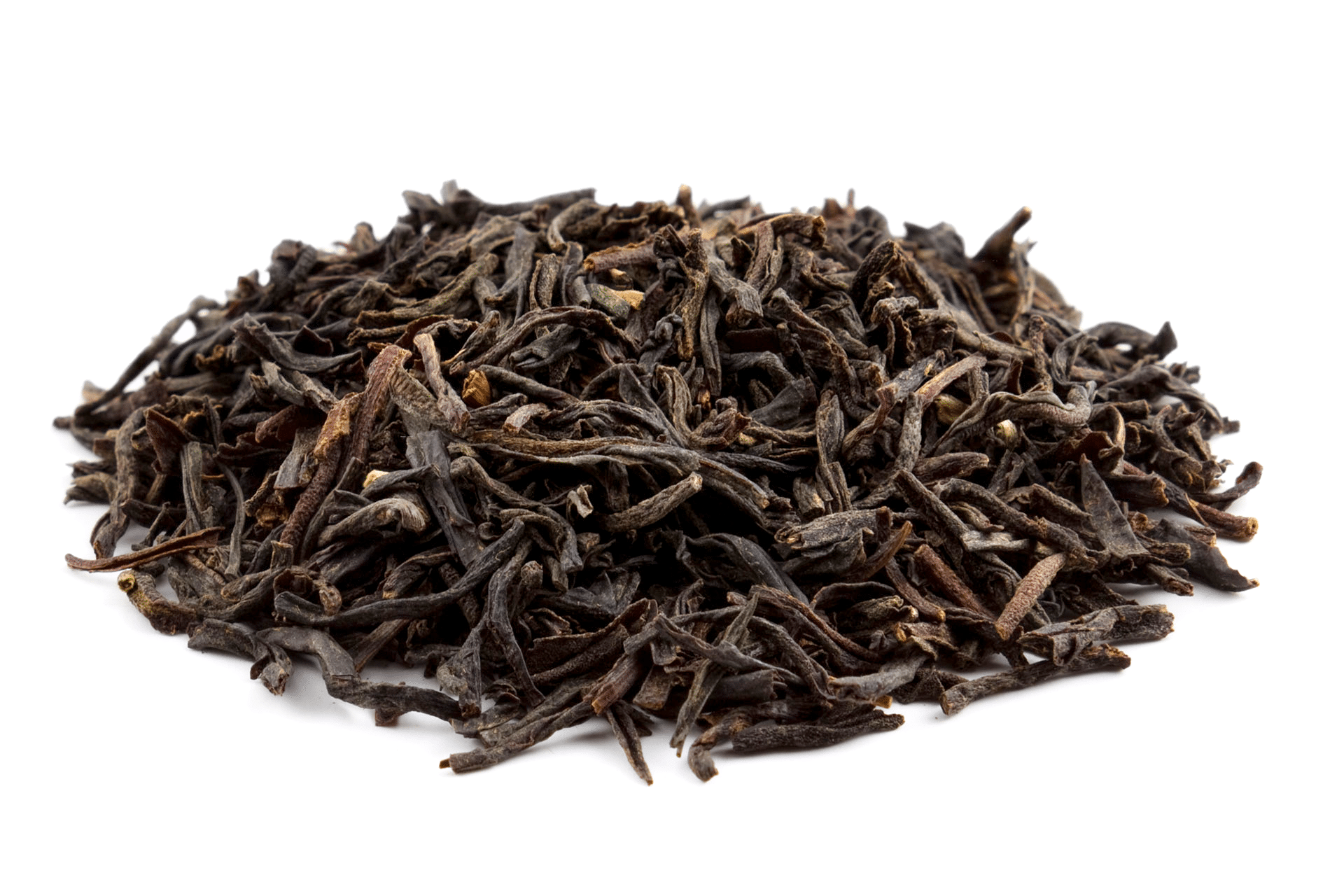
Sri Lanka
Ceylon
This black tea has a citrus taste with a bit of spice, which gives it a stronger flavor. It is often used in iced teas because of its good flavor. Ceylon is also often used in Earl Grey blends. It can vary widely in taste because of its growing conditions.
Black Tea Blends
Some of the most popular black teas around the world are blends. They combine different types of tea leaves, oils, spices, etc. There are an infinite variety of possibilities, but here are some of the most popular.
Earl Grey
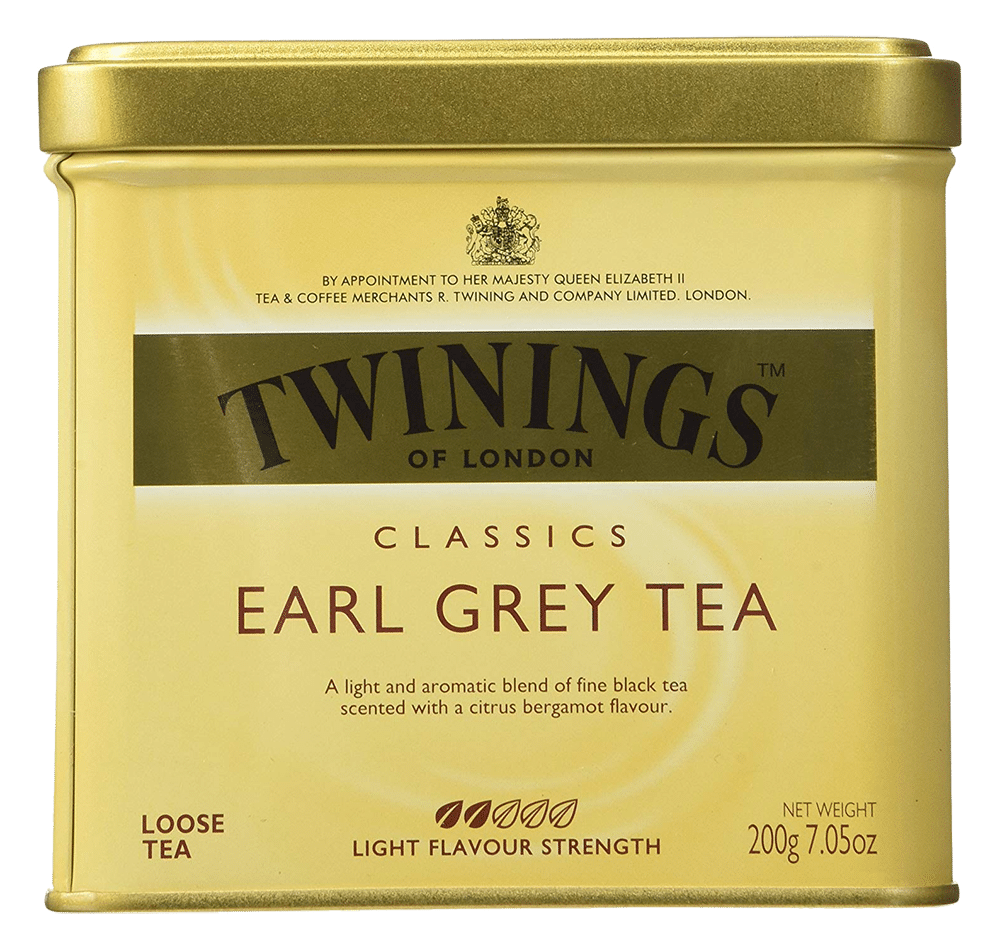
English Breakfast
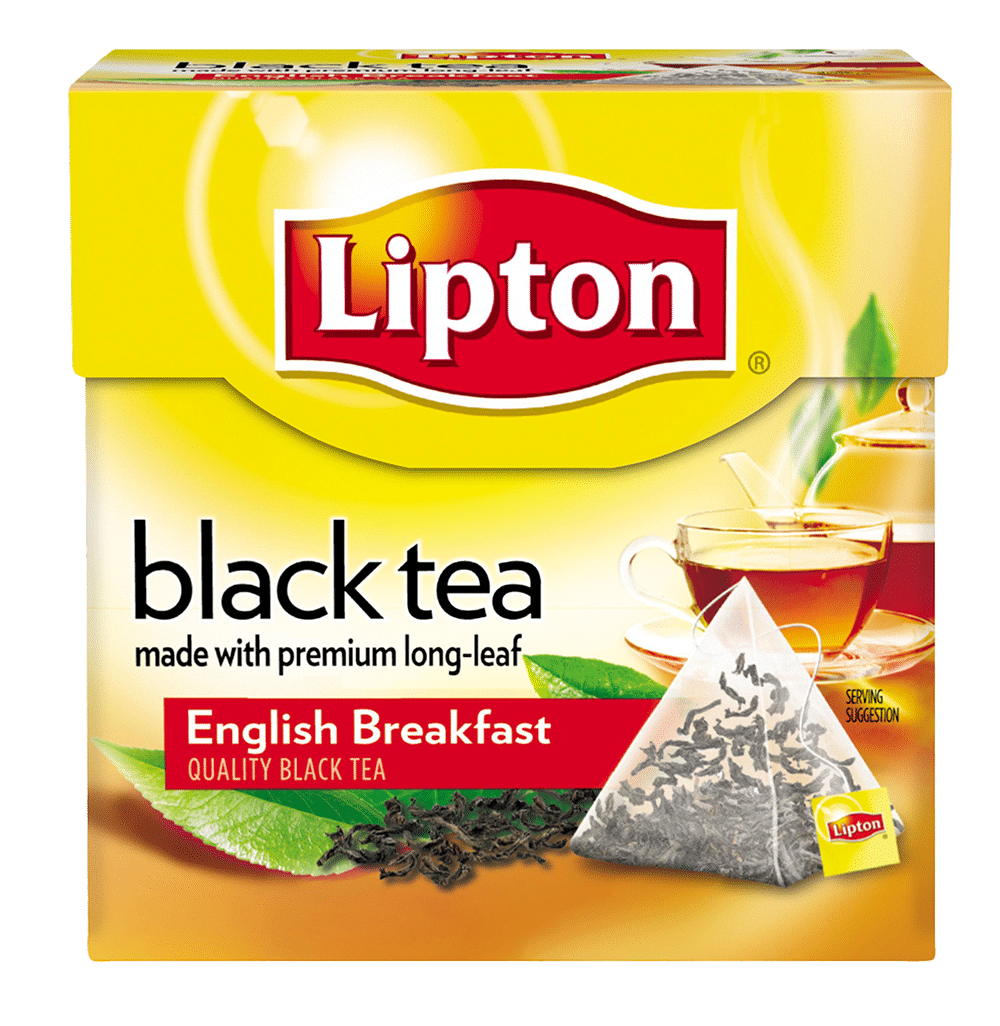
These tea leaves blended together to create one very strong flavor and high caffeine content. This is why it has become such a staple of a British breakfast. The strong flavor makes milk and sugar a suitable pairing with this tea.
English Afternoon
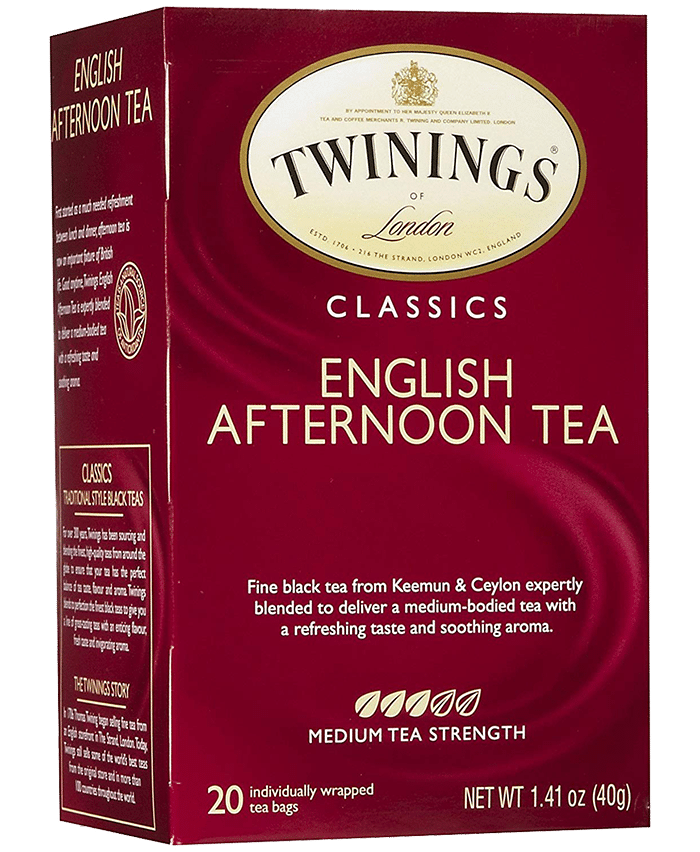
Irish Breakfast
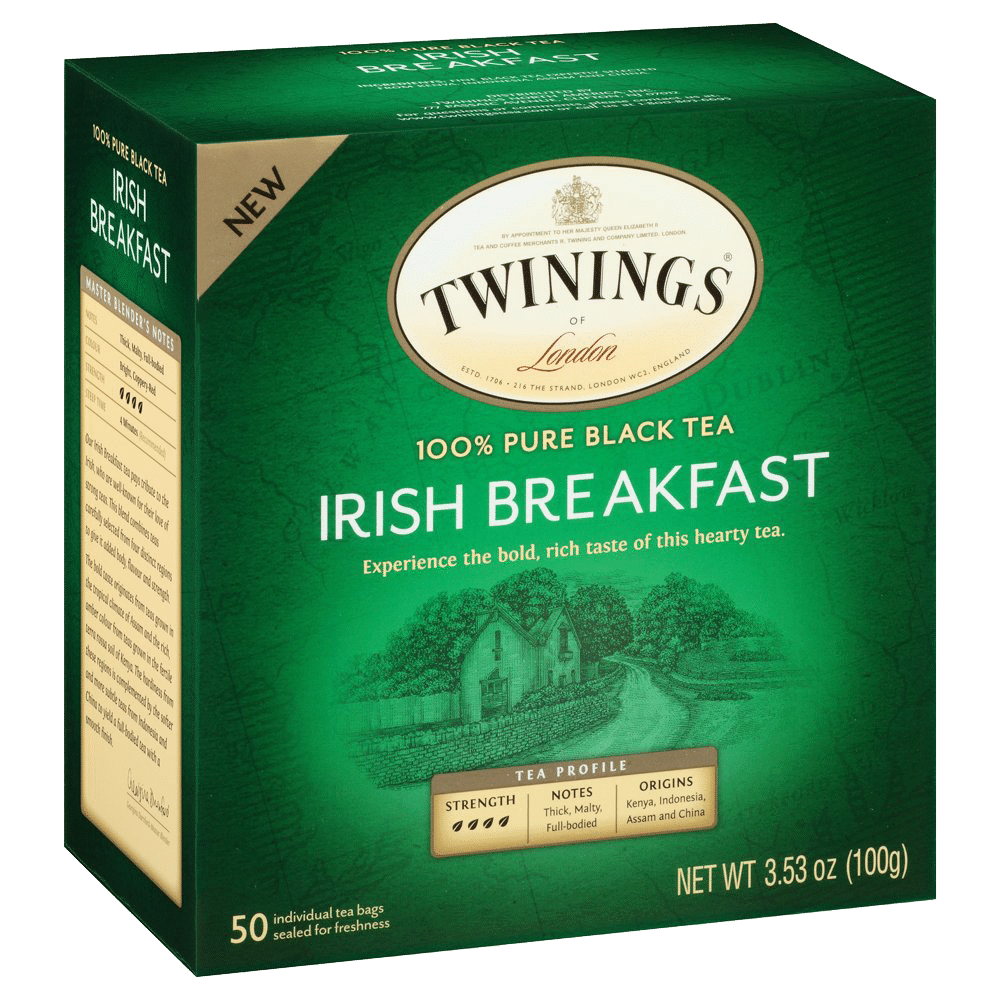
Masala Chai
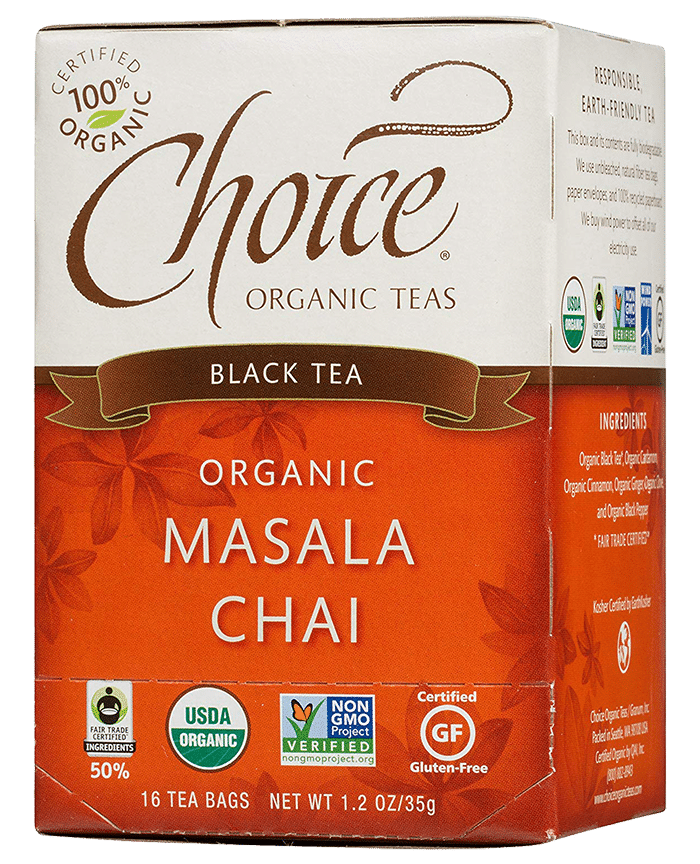
Top Black Tea Brands
There is no shortage of companies selling various teas. It can be overwhelming to dive into picking out a black tea if you are not typically a tea drinker. Here are three of the top sold black teas in the world.
Numi
“Organic” and “fair trade” are not just catchy buzz-words, but a sign of a socially conscious company.
Fans of Numi teas love that they can feel safe from pesticides while also knowing that the workers who help bring them their tea make a living wage. They also swear their tea tastes cleaner.
Numi blends are not overwhelming, yet smooth and balanced. Their Earl Grey, for example, uses real bergamot fruit instead of oil, helping the flavor stand out a bit more.
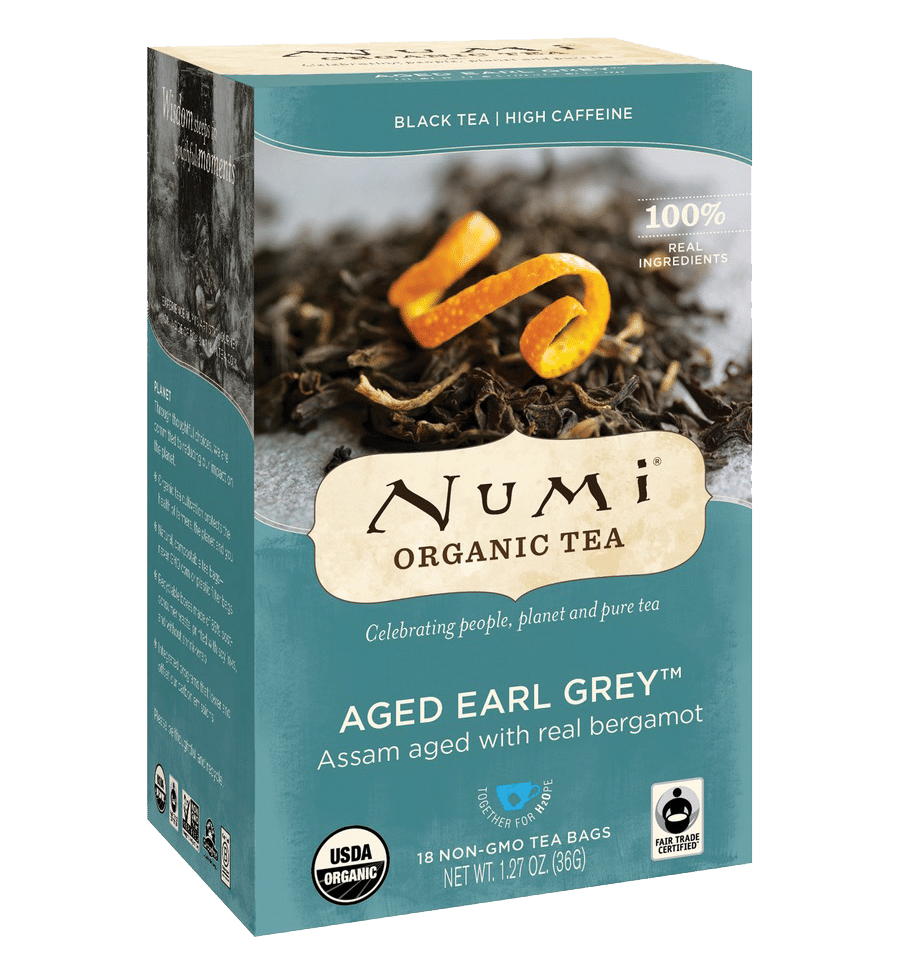
Example tea: Numi aged Earl Grey.
The bags don’t have as strong a scent as the loose leaf teas, which can feel disappointing. The flavor is somewhat mild, so it might be wise to steep a bit longer than normal.
Unlike most black teas, Numi does not seem to turn bitter if left too long. For a bagged black tea, it is actually quite decent, though a bit pricy. However, keep in mind that organic, fair trade products typically do cost a bit more.
This high-quality black tea also makes an excellent iced tea.
Lipton
This is possibly the most popular black tea to use when making iced tea, a tremendously popular beverage in the South. The strength of the brew and the low cost add to the appeal for iced tea makers.
Lipton black tea certainly benefits from milk and sugar. It has a very strong flavor and can leave a bitter aftertaste, so adding a little something to help the flavor is recommended. Be sure to not let it steep too long.

Example tea: Lipton Engish Breakfast
One of the biggest complaints about Lipton tea isn’t even about the tea itself, but instead about its packaging. The world-famous company changed its packaging a few years ago and folks have been very vocal about their disappointment.
Rather than individually wrapping each tea bag, the company has instead opted for a foil pack with several bags inside. This can lead to the tea losing its freshness more quickly.
Another common complaint has been that the tea dust sifts through the tea bag, getting into people’s tea. Not tasty.
Packaging aside, this is a fair old standby type of tea. It makes a fine backup when there is nothing else fancier around. The plus side of this is that it is very inexpensive and sold in all grocery stores that sell tea.
Twinings
Earl Grey
Twinings brand of Earl Grey is a very smooth and creamy black tea blend. It has a very nice aftertaste, though maybe a bit weak compared to other brands. The bergamot in this blend is very mild, not overwhelming.
This particular tea has a lower caffeine level than other brands. All of this makes it a very good starter Earl Grey.

Example tea: Twinings Earl Grey
This is an excellent black tea blend for tea drinkers who are looking to become introduced to this type of tea. However, this may not be the right blend for more experienced connoisseurs of Earl Grey.
English Breakfast
Even once sweeteners are added to Twinings English Breakfast, it is still very full-flavored. Even with this strong blend, however, there is no overpowering aftertaste. It is very fragrant, which manages to add to the pleasant experience in drinking this tea. Some drinkers may find that there is a bit of bitterness to this blend.
The high caffeine content makes this a very energizing beverage. It is great for helping you wake up or lifting you up in the afternoon.
Black Tea Preparation
Choosing the correct tea for your taste buds is not the final step in properly enjoying your cup of tea. It is essential that the tea is prepared correctly. Tea is a delicate drink, whose taste can be altered easily.
To ensure the best taste for your carefully selected tea, keep these tips in mind. Each type of tea will have different specifics, but these are what make the best cup of black tea.
How to Brew Black Tea
Did you know that even the type of water you use in your tea can affect the flavor? It is important to use filtered or spring water, and not distilled or tap. Your tea will taste cleaner and will not be altered by minerals.
The correct temperature of the water is critical. The tea’s intended flavor will not fully develop of the water is too cold. The water should reach a rolling boil before the leaves are added.
Steep your black tea leaves for 3 to 5 minutes. If you do not leave the leaves in the water long enough your tea will be too weak. Too long, and your tea is bitter. You can experiment to decide where within this window falls your ideal strength.
Be sure to cover your cup during the steeping process to retain the heat.
Black Tea Recipes
There are several methods that will help you make just a simple cup of tea with black tea leaves.
Then there are recipes for making black iced tea, your own tea blends, and even homemade chai tea. There’s even a recipe for a smoothie involving black tea!
I promise I will explain each of these recipes separately. There are many different alternatives, you can try them all.
People are creative, and love to share their creativity online. Try a few of these recipes that sound good to you and you just may find a new favorite drink. After your regular cup of black tea, of course!
Black Tea Consumption
How to Consume Black Tea
The first step to consuming your perfect cup of tea is to make sure you have chosen a tea that best aligns with your tastes.
With so many different flavors and blends of black tea available, you will probably need to try more than one before you find the right one for you. A local tea shop can help you with that.
You can also research ahead of time by looking at reviews online to help you narrow down your choices.
Many people enjoy putting milk and sugar into their teas, though many purists like it plain. Both are acceptable! Honey and lemon are two other very popular alternatives.
You can also explore other taste experiences by adding fruit or seasonings to make your own recipe. Popular ingredients include dried citrus peels or fruits, ginger, mint, and various spices.
How Much Black Tea Per Day?
It is safe to drink black tea on a daily basis. In fact, given the health benefits of black tea, we should drink it every day!
Exactly how many cups you should be drinking depends on which health benefits you are looking for. On average a couple of cups should help you see the benefits you desire.
Too much black tea is not good for you, either. This is mainly due to the high caffeine found in this type of tea. The sweet spot is likely 2-3 cups per day, though if you are not very affected by caffeine you can drink 3-4.
If you are pregnant, however, you should consult with your doctor. Since it is best to cut down on caffeine intake while pregnant and breastfeeding, the number would likely be 2 or fewer cups each day.
Keep in mind that black tea is not a replacement for regular hydration. You should still be supplementing with regular glasses of water.
Nutrition Facts
Caffeine in Black Tea
Black tea has one of the highest caffeine levels among all teas. Even still, it does have less caffeine than coffee does.
On average, one cup of this type of tea contains 47 mg caffeine per 8 ounces. This can be slightly more or less, depending on which type you are drinking.
You can also exert some minor control over the caffeine you are getting from your cup of black tea. The longer you steep your leaves the higher your caffeine intake will be.
If you are looking to cut down on caffeine while still enjoying a hot beverage, take your leaves out sooner. Tea steeped in higher water temperature also has increased caffeine.
If you wait until the water has cooled off a bit, that will also lower the caffeine.
Of course, there is always decaffeinated black tea. It may be a bit harder to find and will likely not taste the same. However, decaf has less than 2 mg per cup. That is a pretty big jump down!
Other Black Tea Ingredients
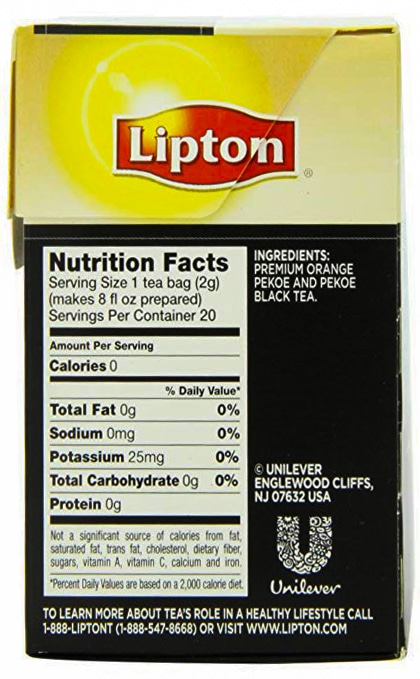
Polyphenols are the main antioxidants in black tea; polyphenols contain catechins, theaflavins, and thearubigins. It also contains amino acids, potassium, manganese, and fluoride.
These all have various health benefits, most of which reduce chronic diseases and promote better health.
Black Tea Health Benefits
The main reason for its popularity is the numerous health benefits it offers.
Weight Loss
Black tea boosts metabolism. Its main benefit comes from an ingredient called catechins. This class of antioxidants helps to burn belly fat.
Drinking black tea may prevent inflammation in the gut, which could decrease the gut bacteria that are associated with obesity and increase lean gut bacteria.
Improves Brain Function
Drinking black tea can actually make you a better thinker! The amino acid in it (called L-theanine), is known to increase brain activity. It increases blood flow to the brain; the direct result of this is an increase in focus.
It also reduces cortisol (a stress hormone) and helps promote better memory. So, when you drink tea you are more alert, but at the same time more relaxed.
Improves Heart Health
Another component of black tea is flavonoids, which are useful in reducing heart disease. Studies have also shown that it can lower blood pressure and cholesterol.
Contains Antioxidants
Antioxidants are important because they block free radicals, which can cause cell damage in your body. By blocking the free radicals, antioxidants promote cell damage repair.
Anti-Aging
Antioxidants also play a large role in healthy skin and hair. This type of tea contains minerals and B vitamins, which are very good for the skin and hair. They reduce signs of premature aging and fine wrinkles, as well as encourage new hair growth.
Reduces Blood Pressure
One study showed that people who drank three cups of black tea every day for six months had decreased systolic and diastolic blood pressure.
Reduces Risk of Stroke
Two separate studies indicated that people who drank three to four cups of black tea on a daily basis were less likely to have a stroke.
Controls Diabetes
The catechins in black tea increase insulin production, which helps to lower blood sugar levels. This is important in helping the body to metabolize sugar.
Black Tea Side Effects
Most of the negative side effects of drinking black tea come from the caffeine. Too much caffeine, especially in a person who is very sensitive to it, can result in:
- Sleeplessness
- Headache
- Nausea/Vomiting/Diarrhea
Another side effect might be constipation. Some people are sensitive to the tannins in black tea. Such sensitivity may cause this symptom. Also, keep in mind that excessive drinking of black tea can stain teeth.
You will want to go light on black tea if you are pregnant, due to the high caffeine content. You may also want to avoid it if you suffer from cardiovascular disease or a stomach ulcer.
The side effects on these diseases are worse than any benefits this tea provides.
Where to Buy Black Tea
Since it is one of the world’s most popular teas, black tea can be bought in almost any food store. Grocery stores and convenience stores all carry at the very least basic black tea.
Even coffee shops always have at least a small selection of tea, including black, on hand. Of course, if you are lucky enough to have a nice tea shop in town you have won the tea lottery!
If you order from an online market, you will find that your selection of black teas choices increases tremendously. You can find any number of tea sellers online, with a wide selection.
However, your best bet for online purchasing would be directly from the tea company itself.

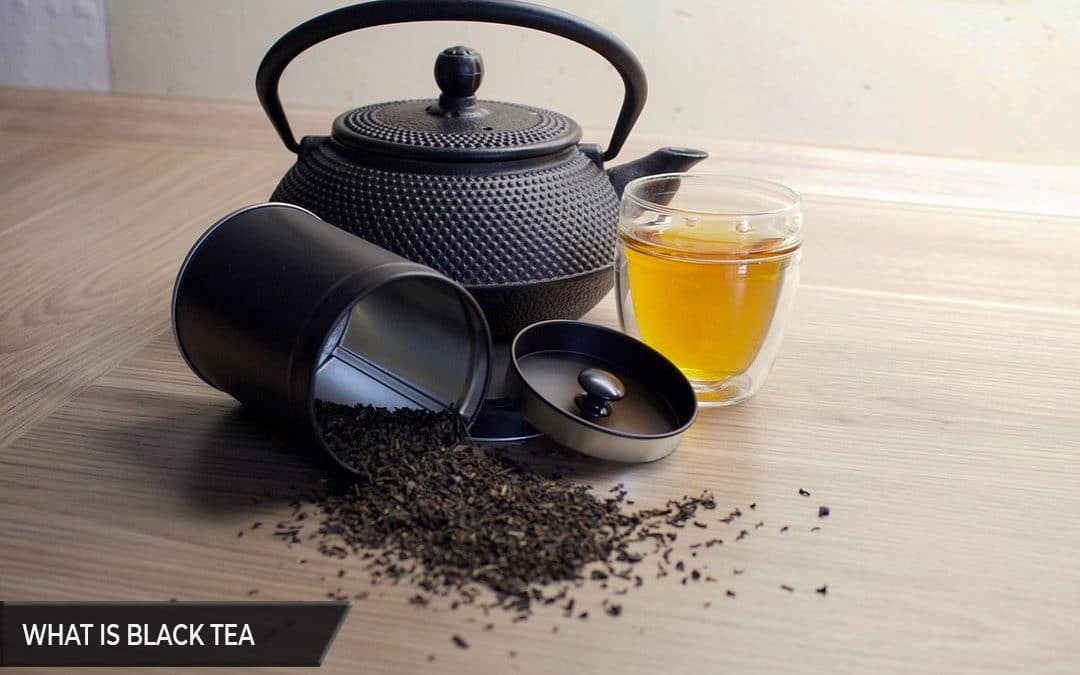

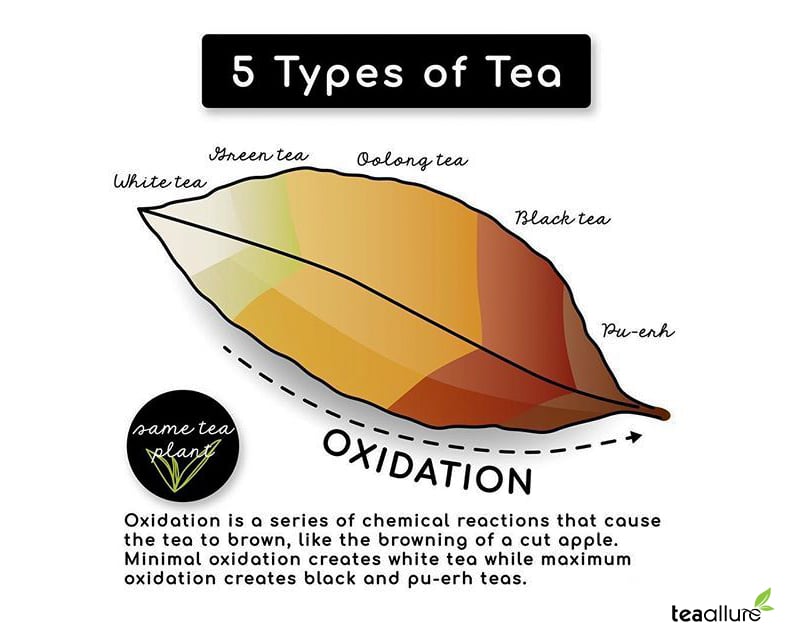
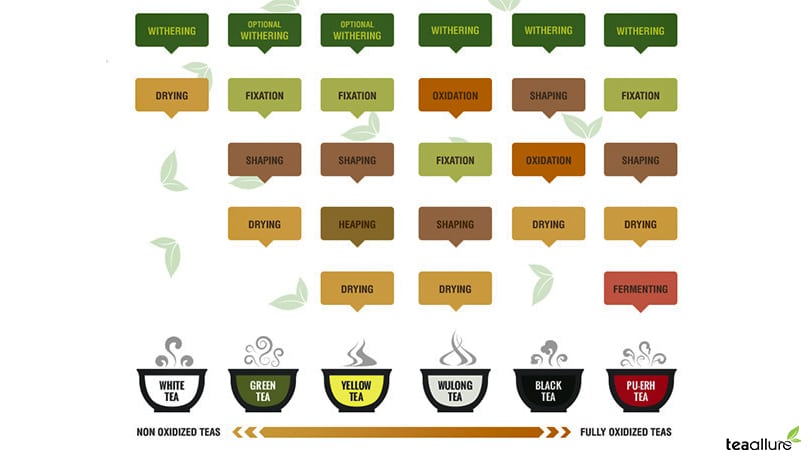
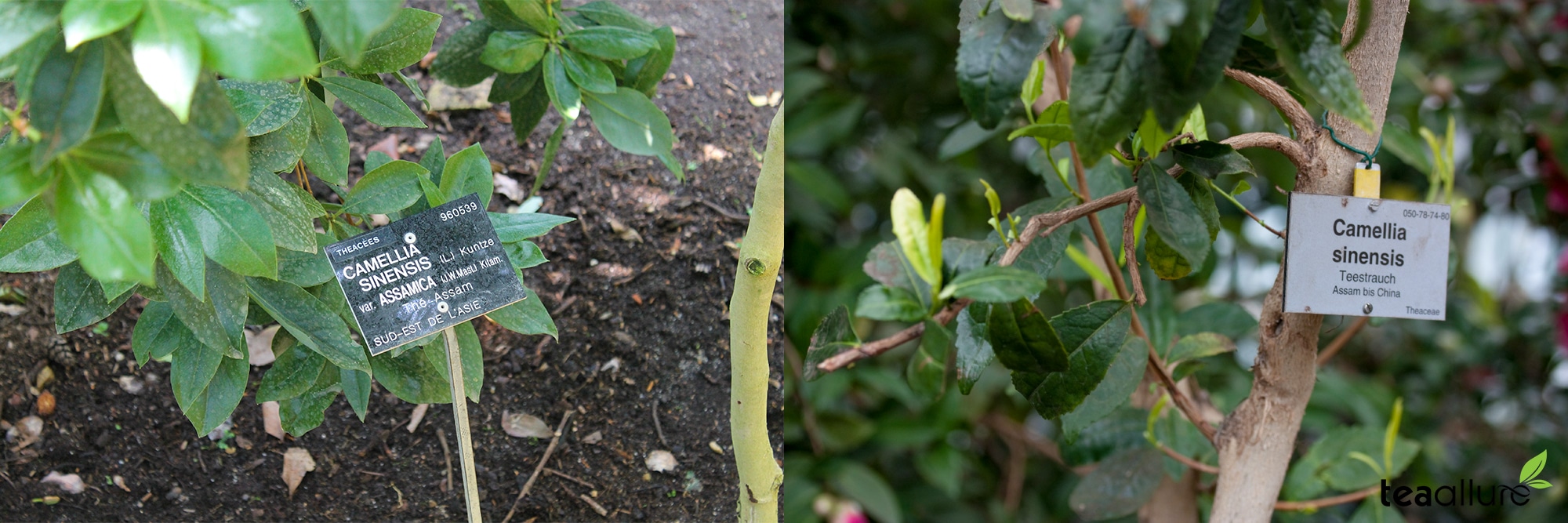
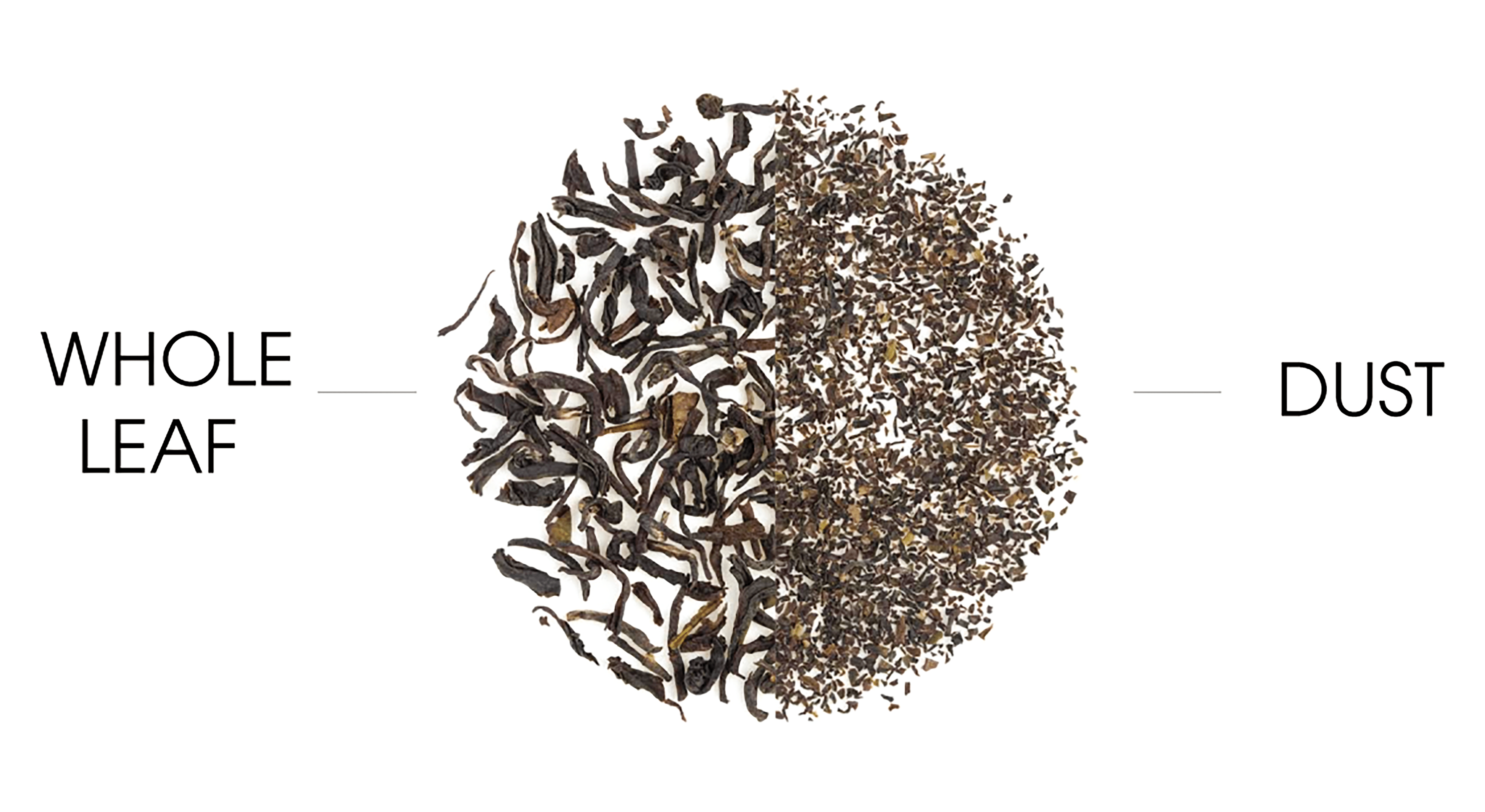
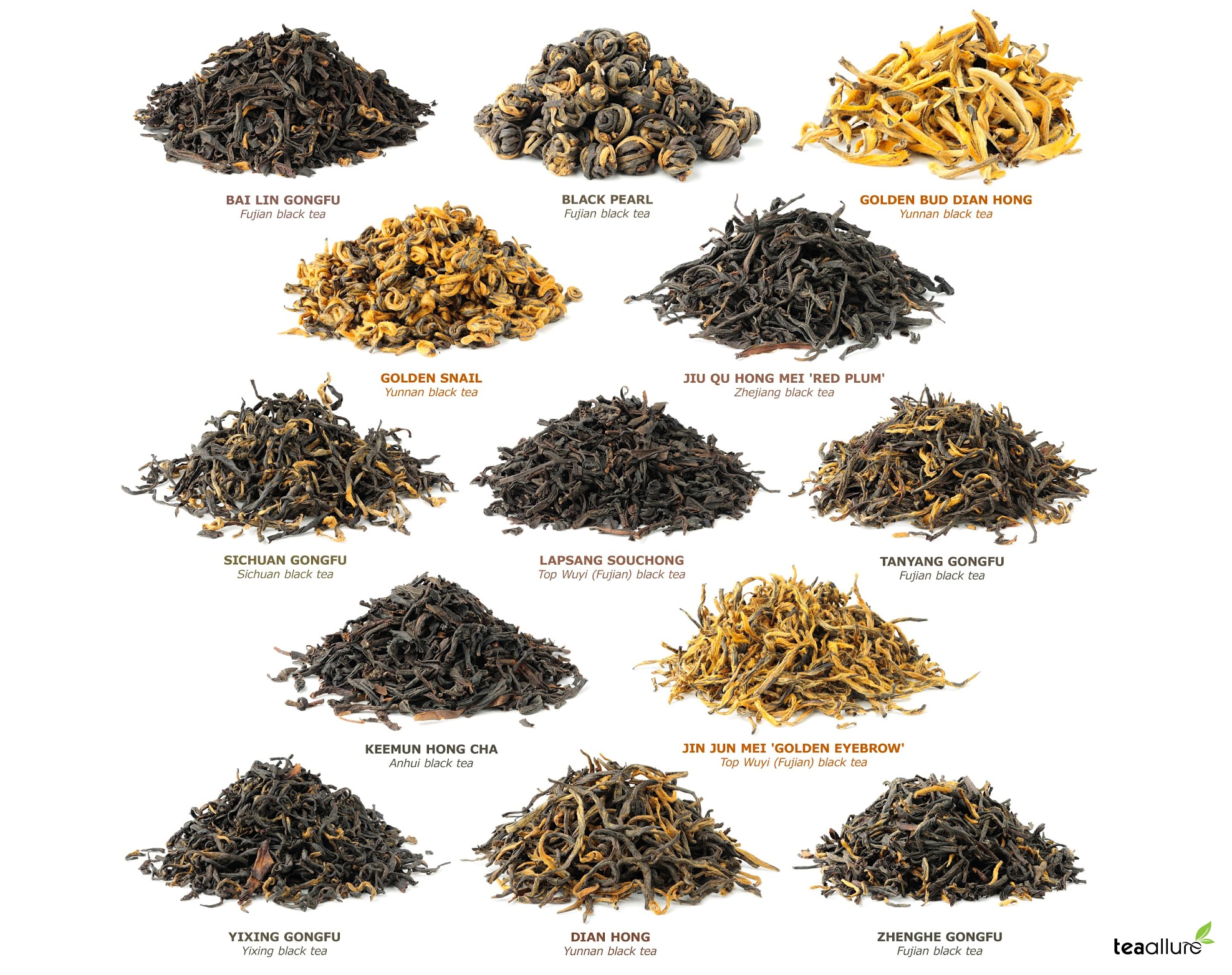
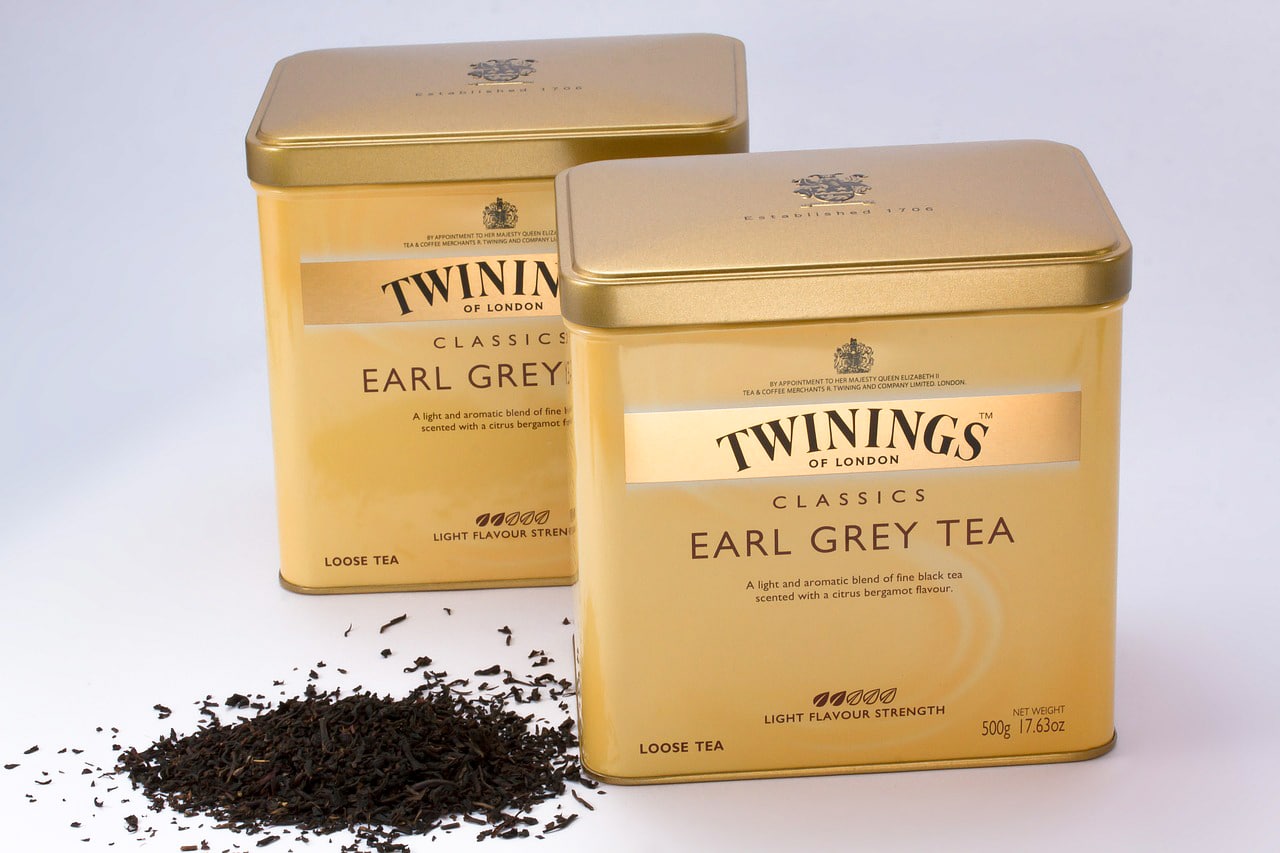
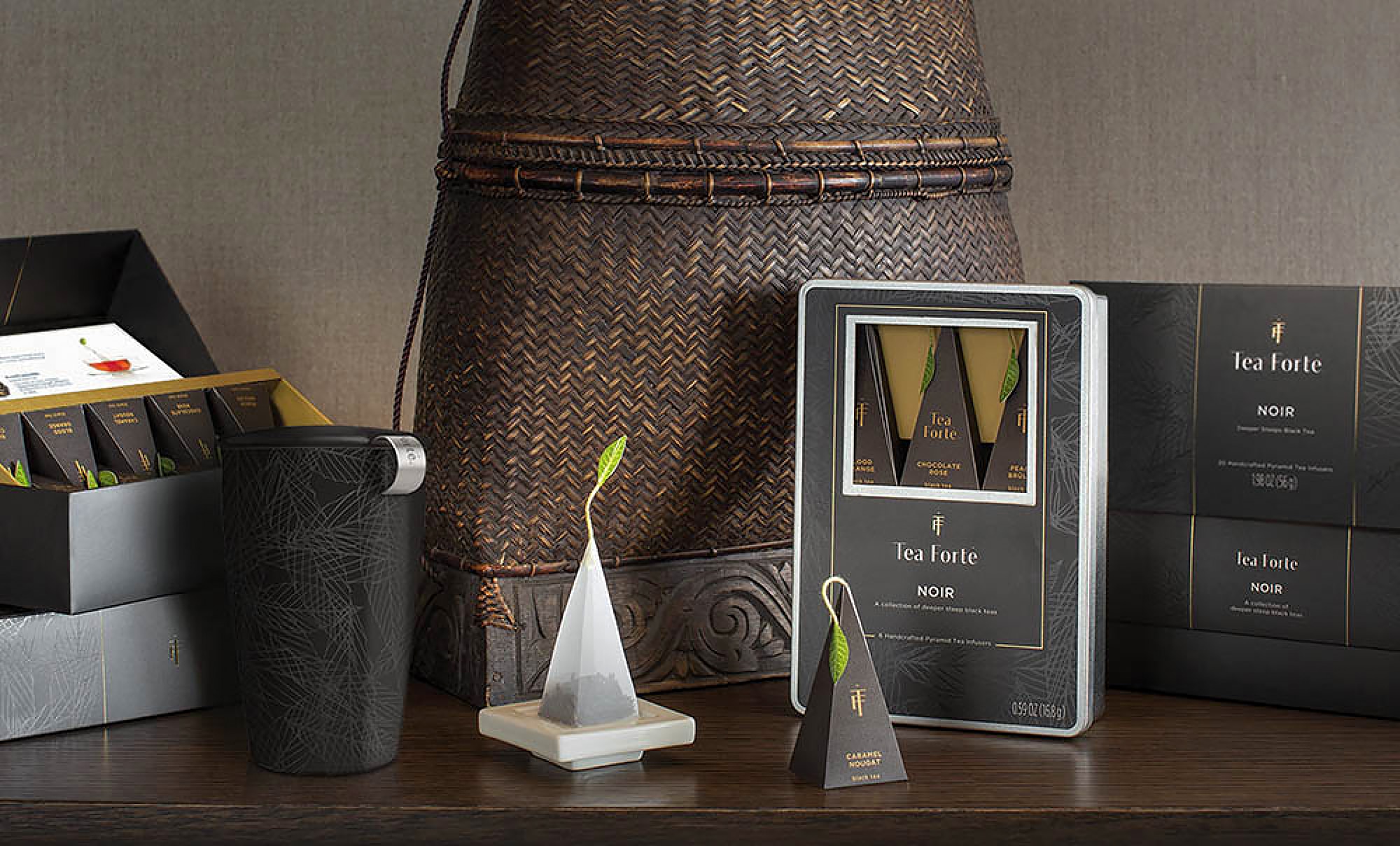
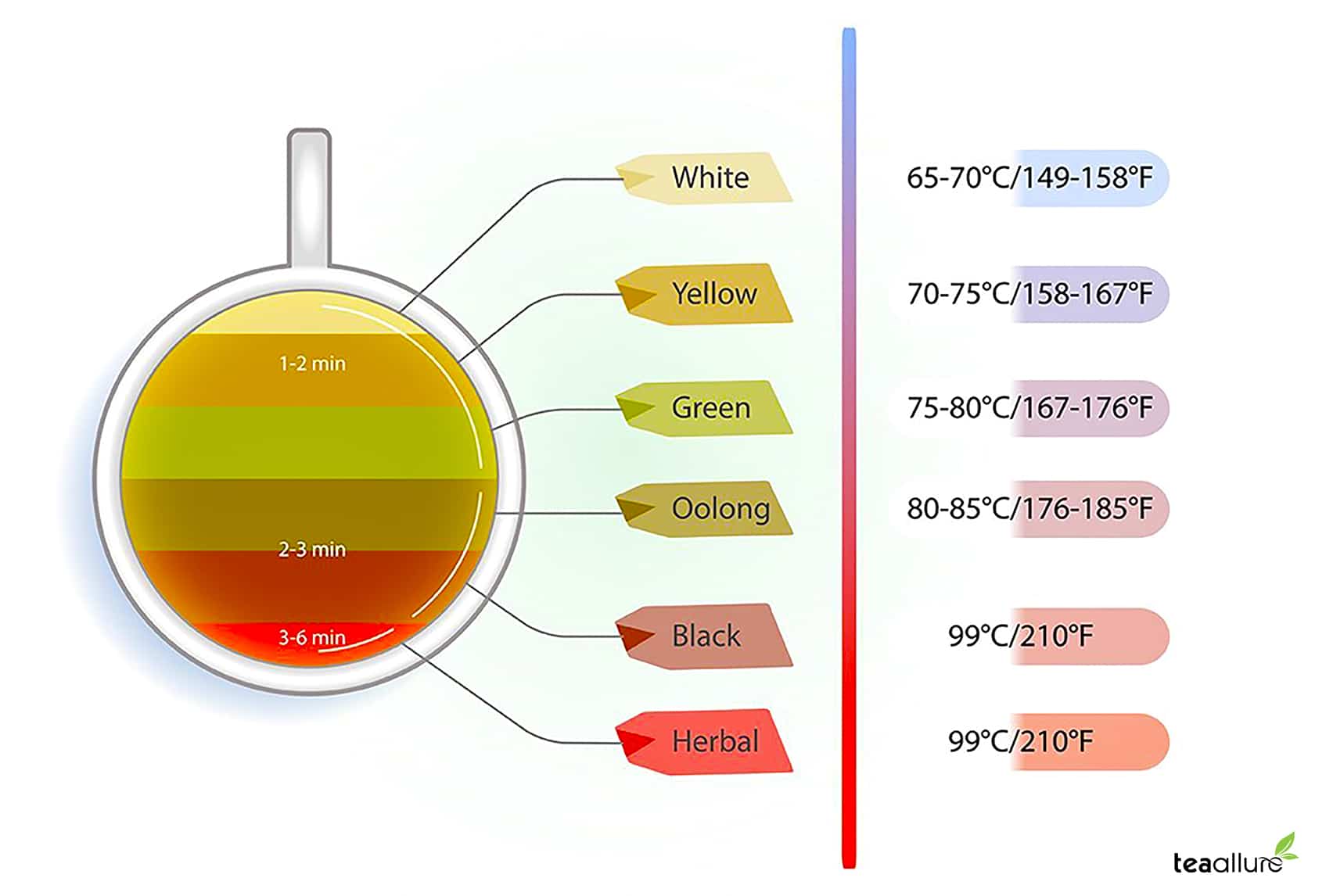
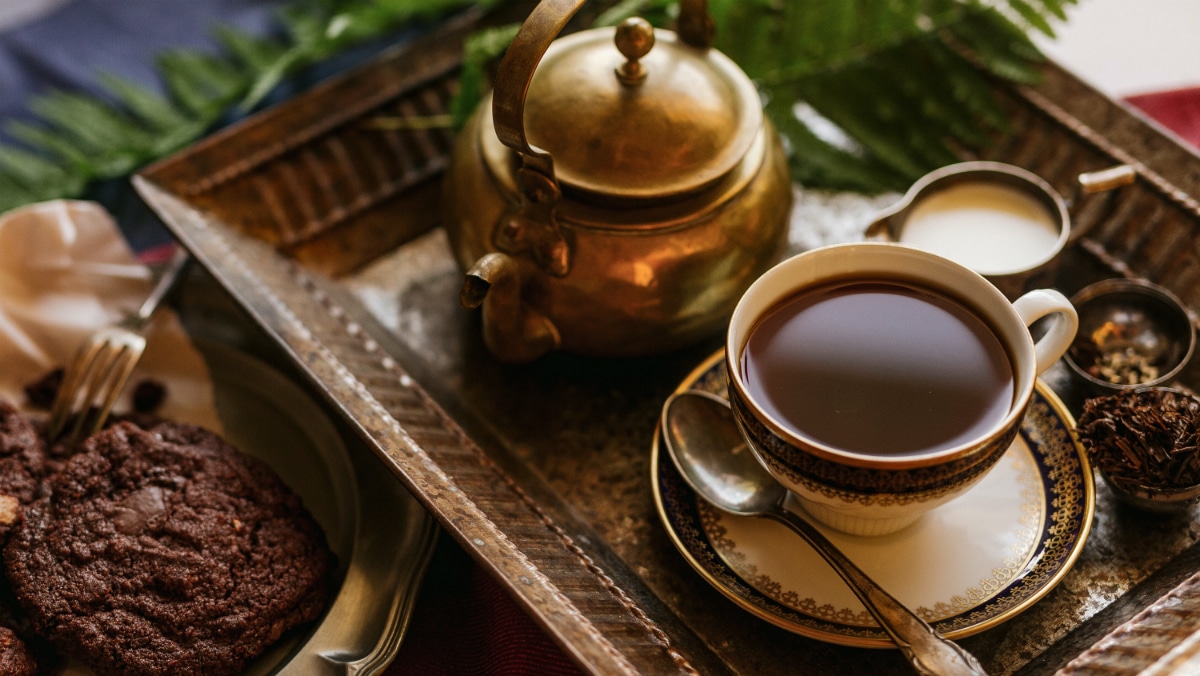
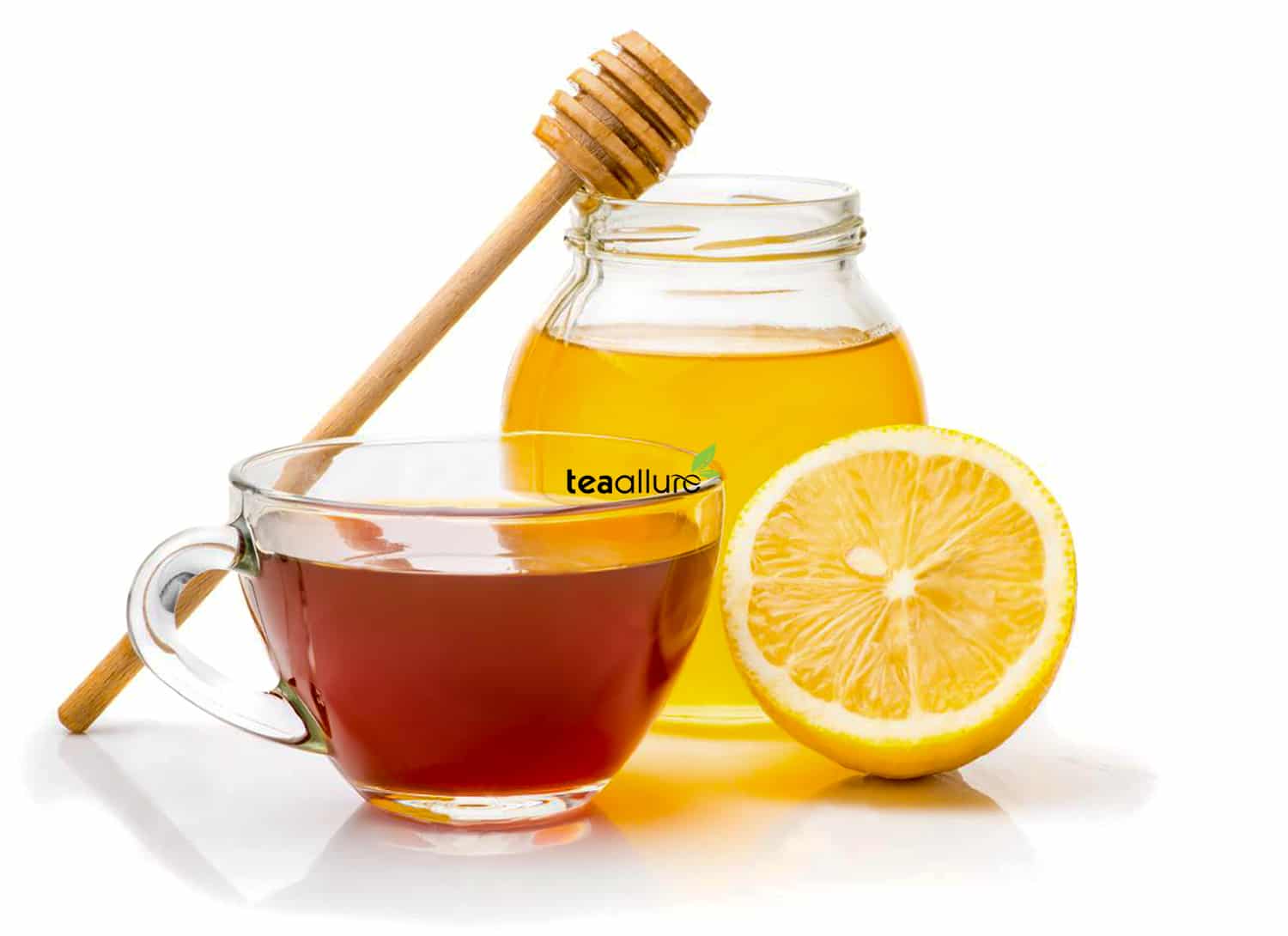
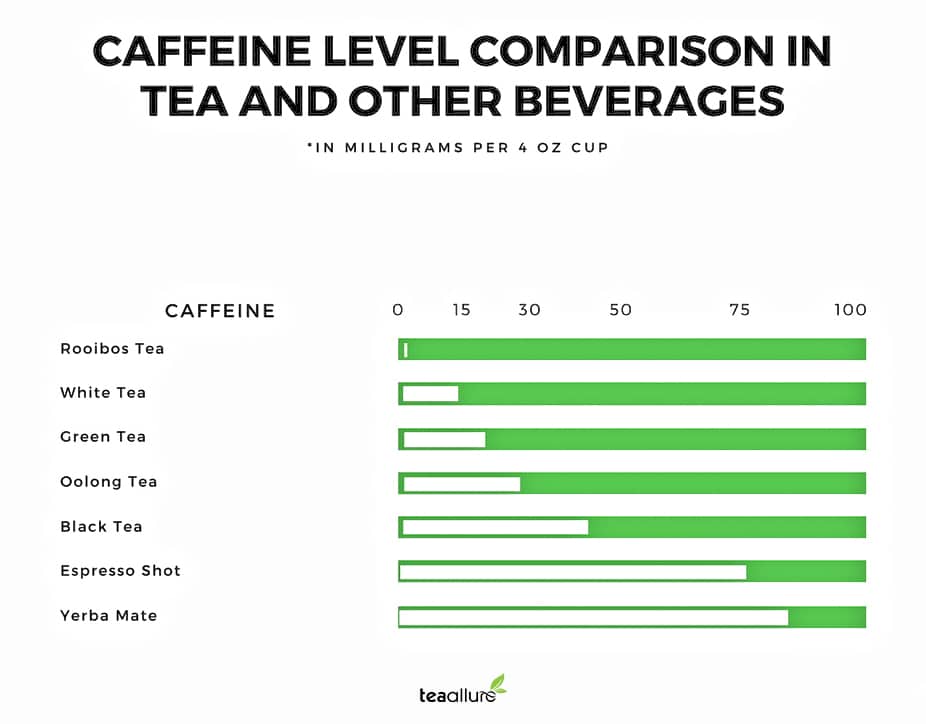
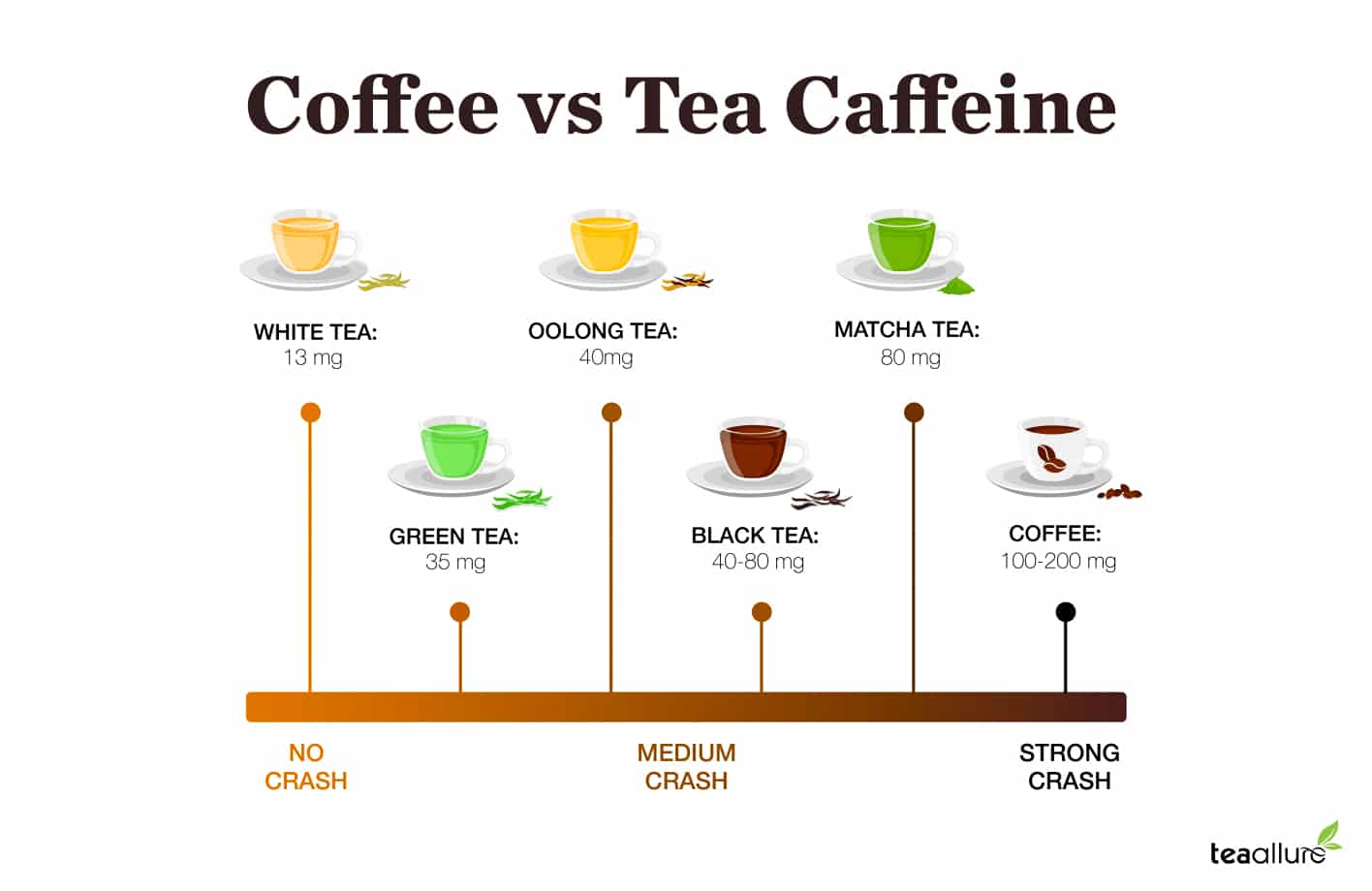
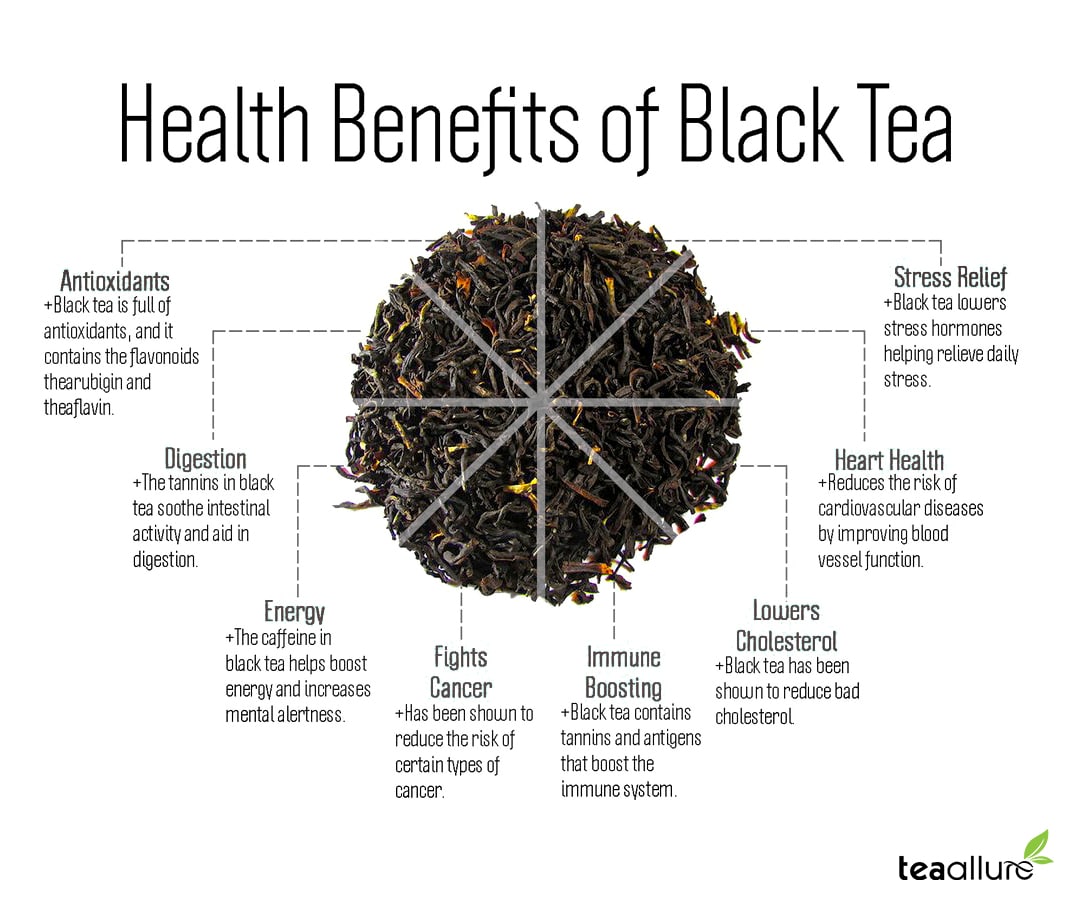
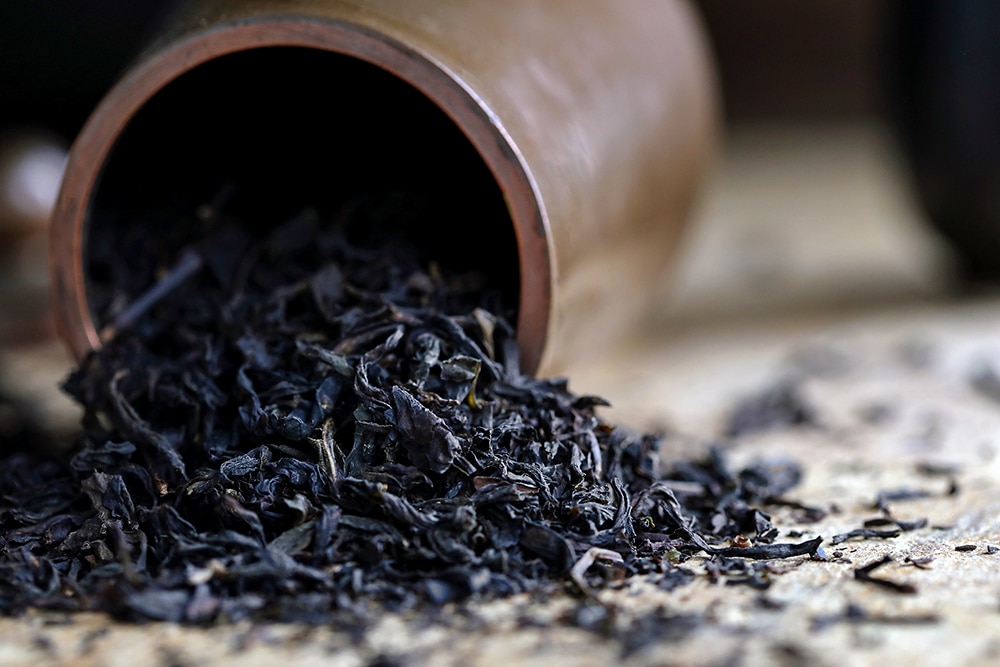
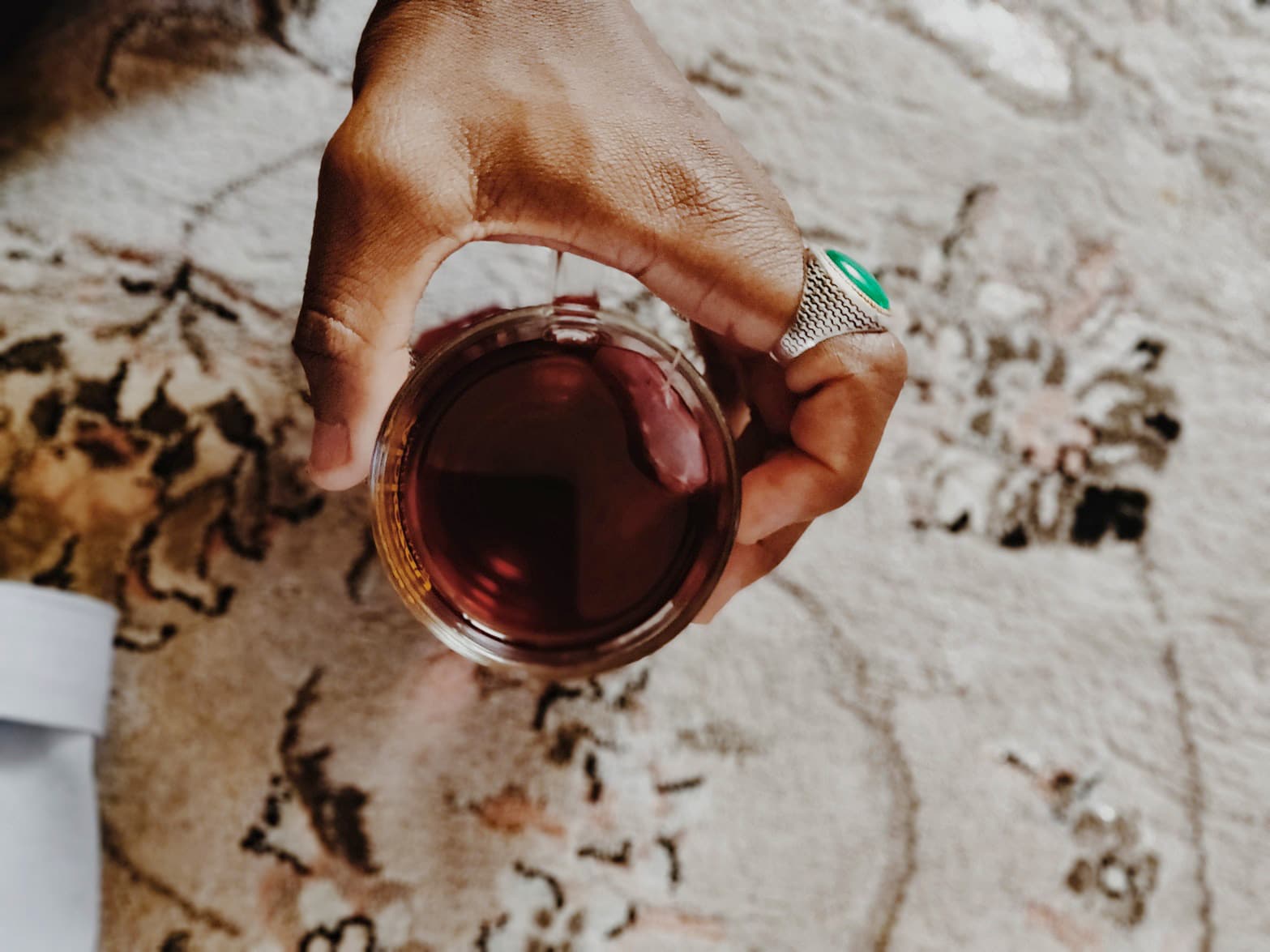
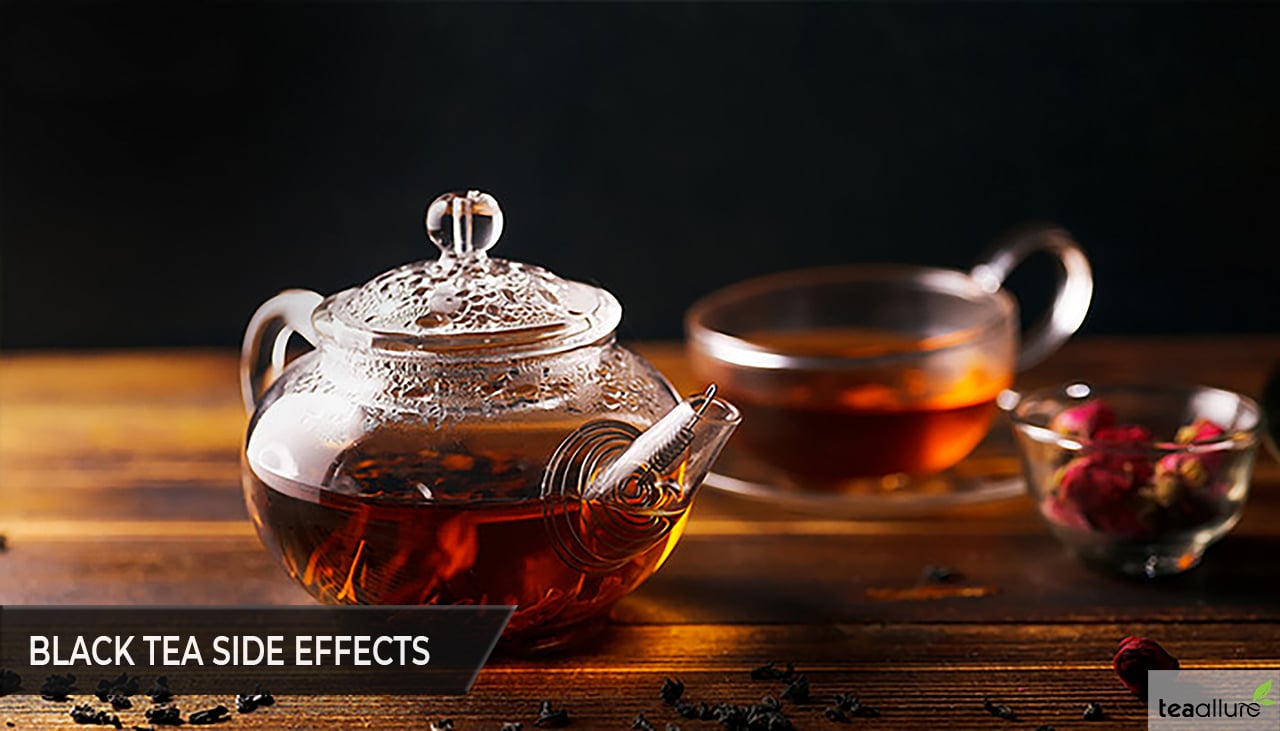
 Hi, my name is Abigail Bradley, founder of TeaAllure. Tea is my passion, and this blog is dedicated to provide all the information for this marvelous gift of nature.
Hi, my name is Abigail Bradley, founder of TeaAllure. Tea is my passion, and this blog is dedicated to provide all the information for this marvelous gift of nature.